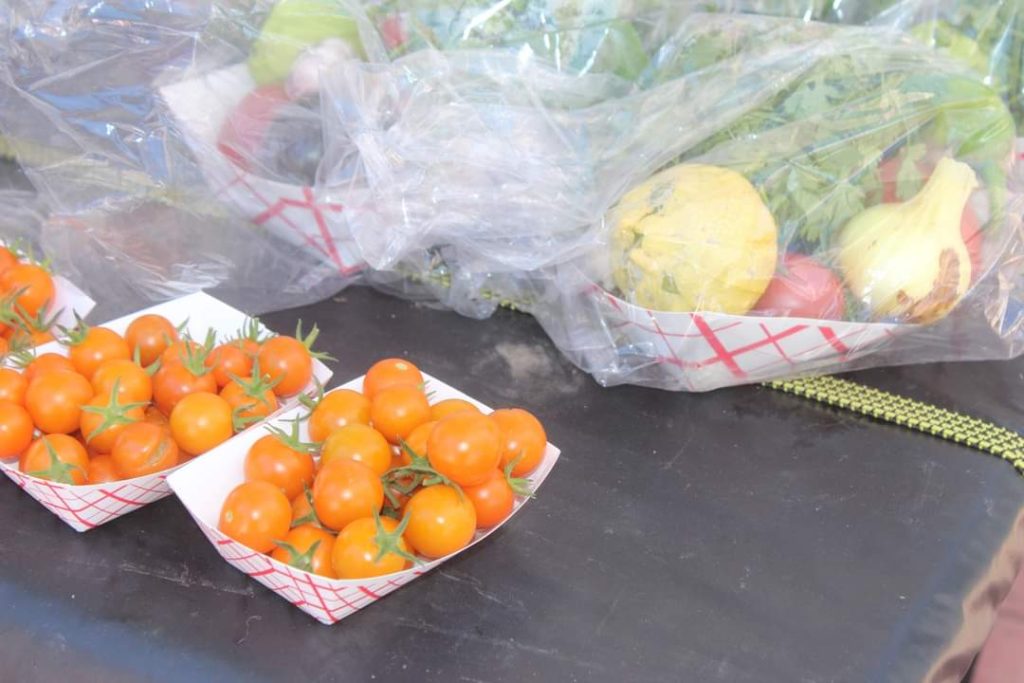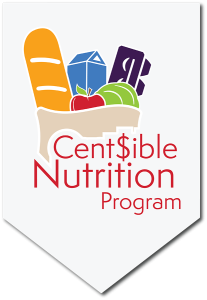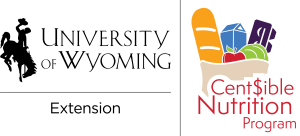Nurturing Community Through Nutrition Incentives at the Farmers Market
September 2024
A new program at the Evanston Farmers Market increased access to fresh produce for people with limited resources. The program, called Market Bucks, was a collaboration between the farmers market, a local food pantry, the Cent$ible Nutrition Program (CNP), and local businesses.
In spring 2024, CNP educator Stephanie Anderson reached out to the Evanston farmers market to see if the market accepted SNAP. Accepting SNAP at the farmers market is one way to increase access to local produce.

“The Evanston Farmers Market had looked into accepting SNAP before, but the process is extensive,” said Anderson. “The market was interested in looking into the process again and learning more about ways to attract SNAP-eligible people to the market.”
Anderson and a farmers market manager, Leanne Hutchinson, started the process to get SNAP accepted at the market, but with the market season quickly approaching, they were running out of time. They decided to think outside the box to try to bring people with limited resources to the market.
Instead of relying on SNAP, Market Bucks was funded by local businesses and the $5 Market Bucks coupons were given out through the local food pantry, the Lord’s Storehouse. Through this system, patrons of the Lord’s Storehouse could buy fresh fruits and vegetables at the market, using the Market Bucks coupons. Farmers market produce vendors were then reimbursed by the market through the local business donations.
Market Bucks was piloted for 8 weeks running from August through September 2024. The first week, no Market Bucks coupons were used at the market. Anderson and Hutchinson quickly realized they needed to promote Market Bucks differently. They attended food distribution days at the Lord’s Storehouse and talked about the market and the coupons. Anderson also set up a booth at the market to hand out samples of recipes made using ingredients found at the market. Usage of the Market Bucks coupons increased to 45% by week 3 and 62% by the end of the pilot.
“The Market Bucks program has two great things,” said Tyson Roberts, owner of Roberts Family Farms, a vendor at the market. “One, it helps the vendors by bringing new customers into the market. The other is helping to get healthy food to consumers that may not have other means to obtain healthy food.”
Interest in the Market Bucks program inspired the creation of another incentive program at the market, called Kids Bucks, that aimed to encourage kids to choose more fruits and vegetables. Kids Bucks were given out at the market to the first 50 kids who arrived. By the end of the season, 90% of all Kids Bucks had been redeemed at the market.
“The feedback from the program was great,” said Barb Martinez, a farmers market manager and co-owner of Food to Grow Farms with Hutchinson. “The vendors were awesome to work with.”
Making fruits and vegetables more affordable and accessible at the market improved the nutritional choices available to food pantry patrons and also encouraged a stronger connection to the market. In turn, this increased market activity, benefiting local farmers, creating a win-win situation where both residents and farmers thrived. With the success of Market Bucks pilot, CNP and the farmers market are already considering ways to improve and expand the program.

